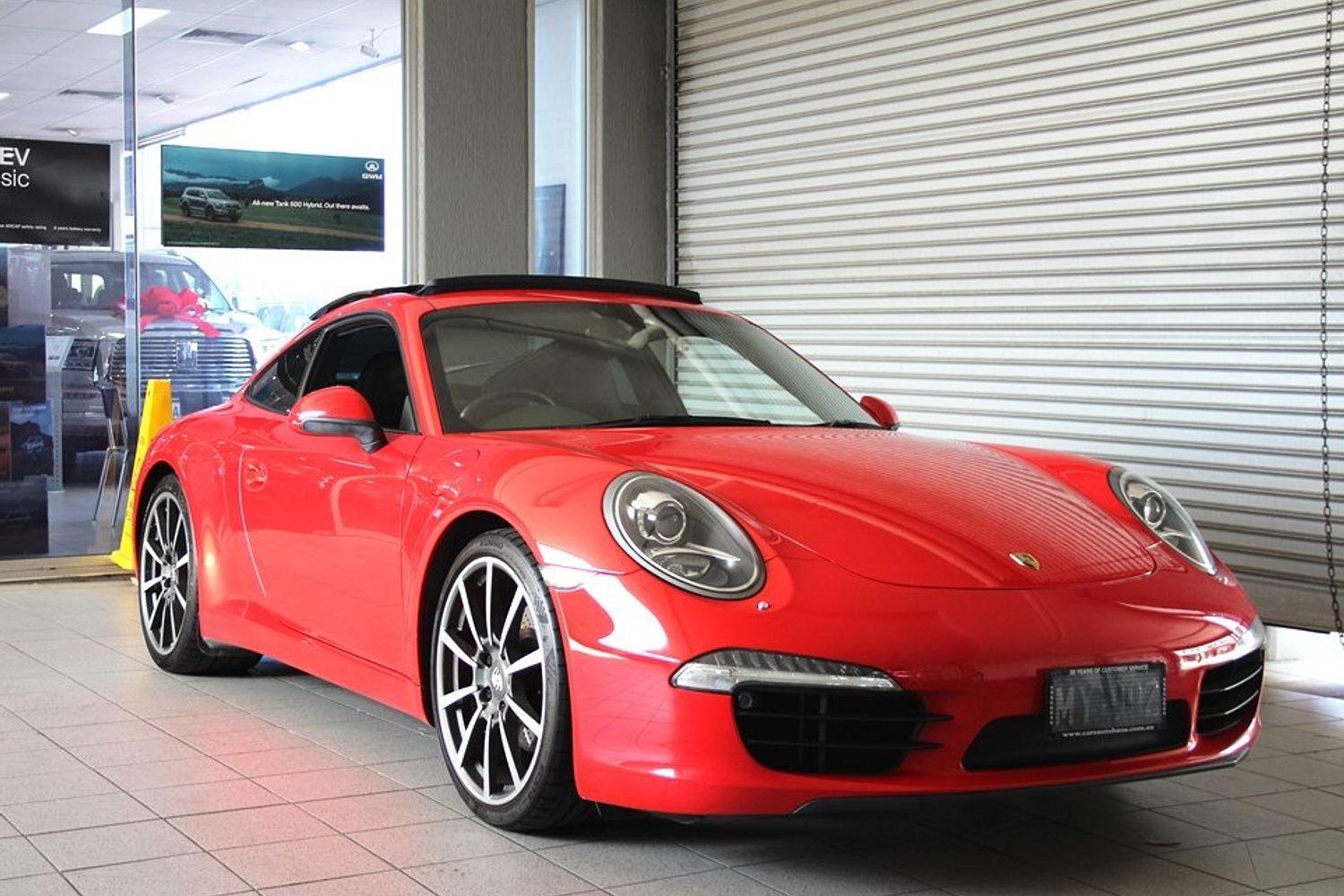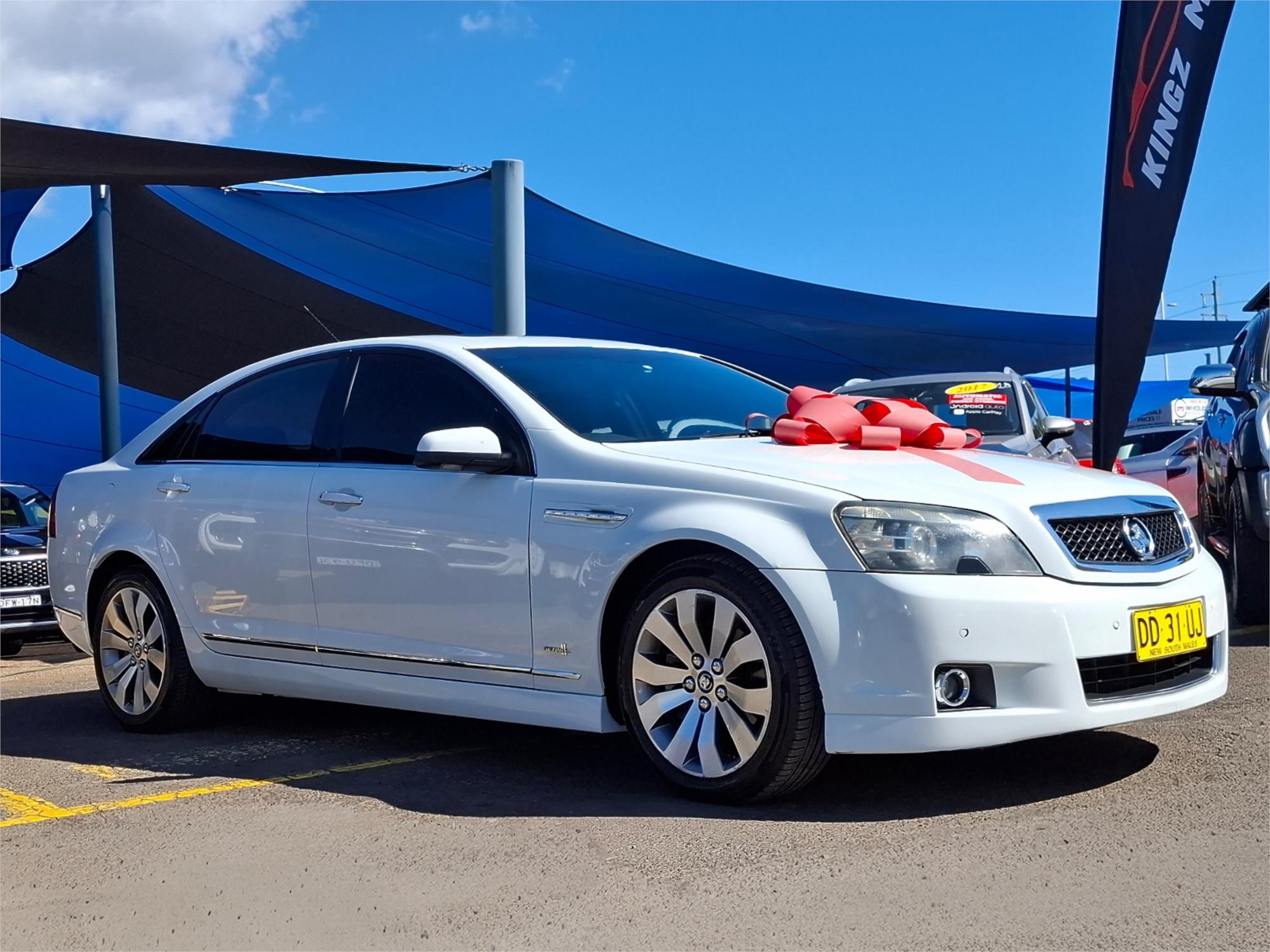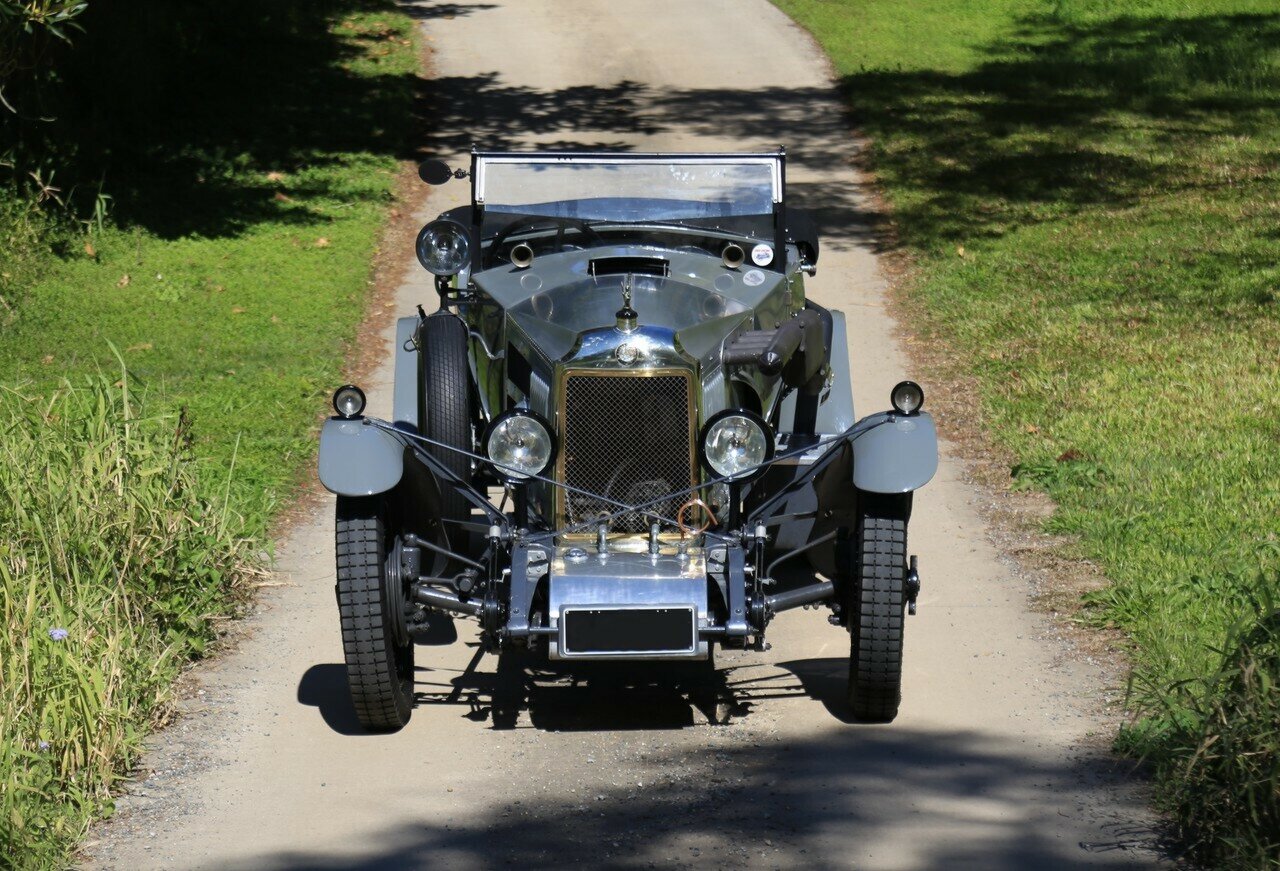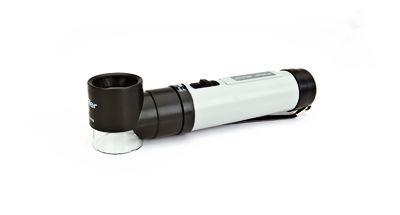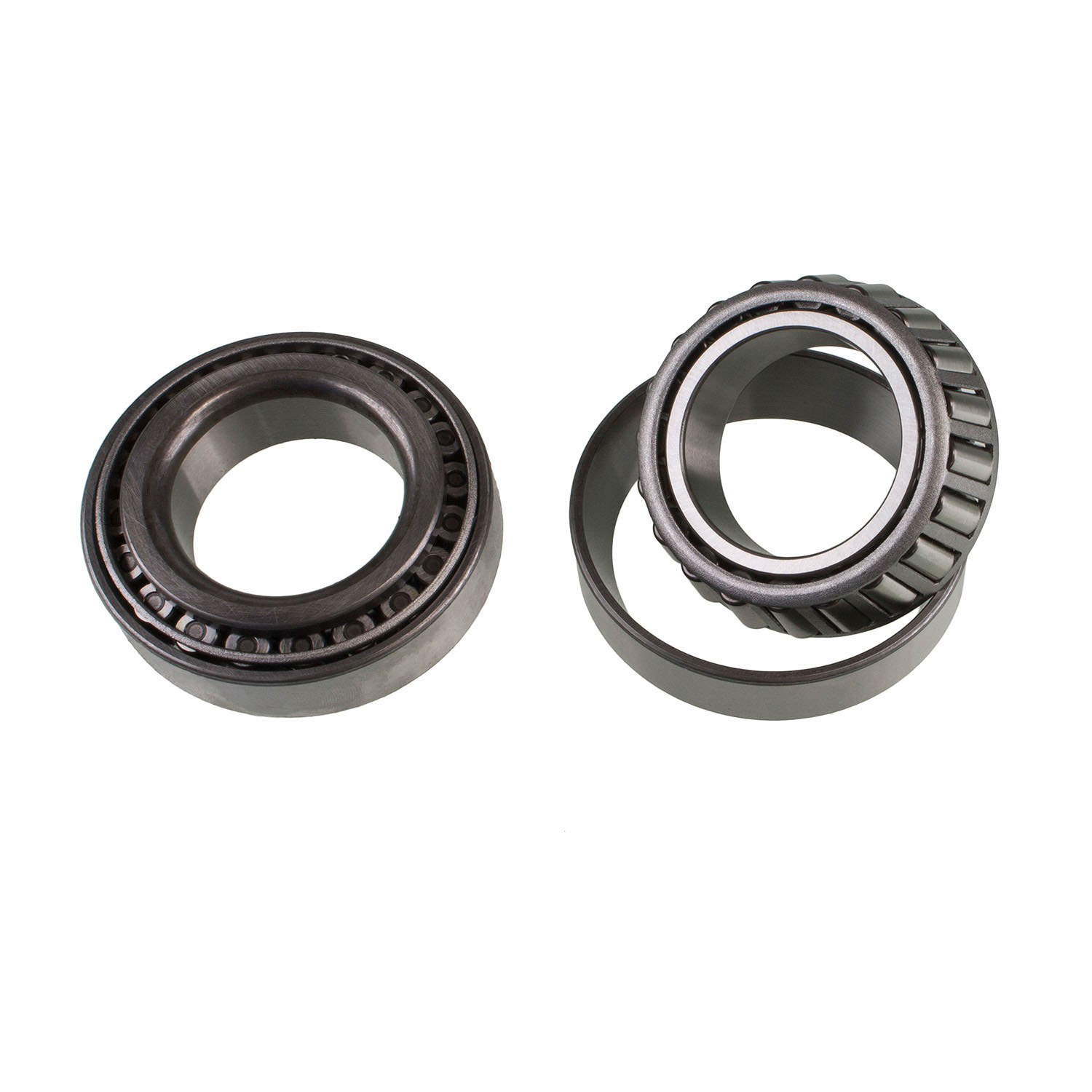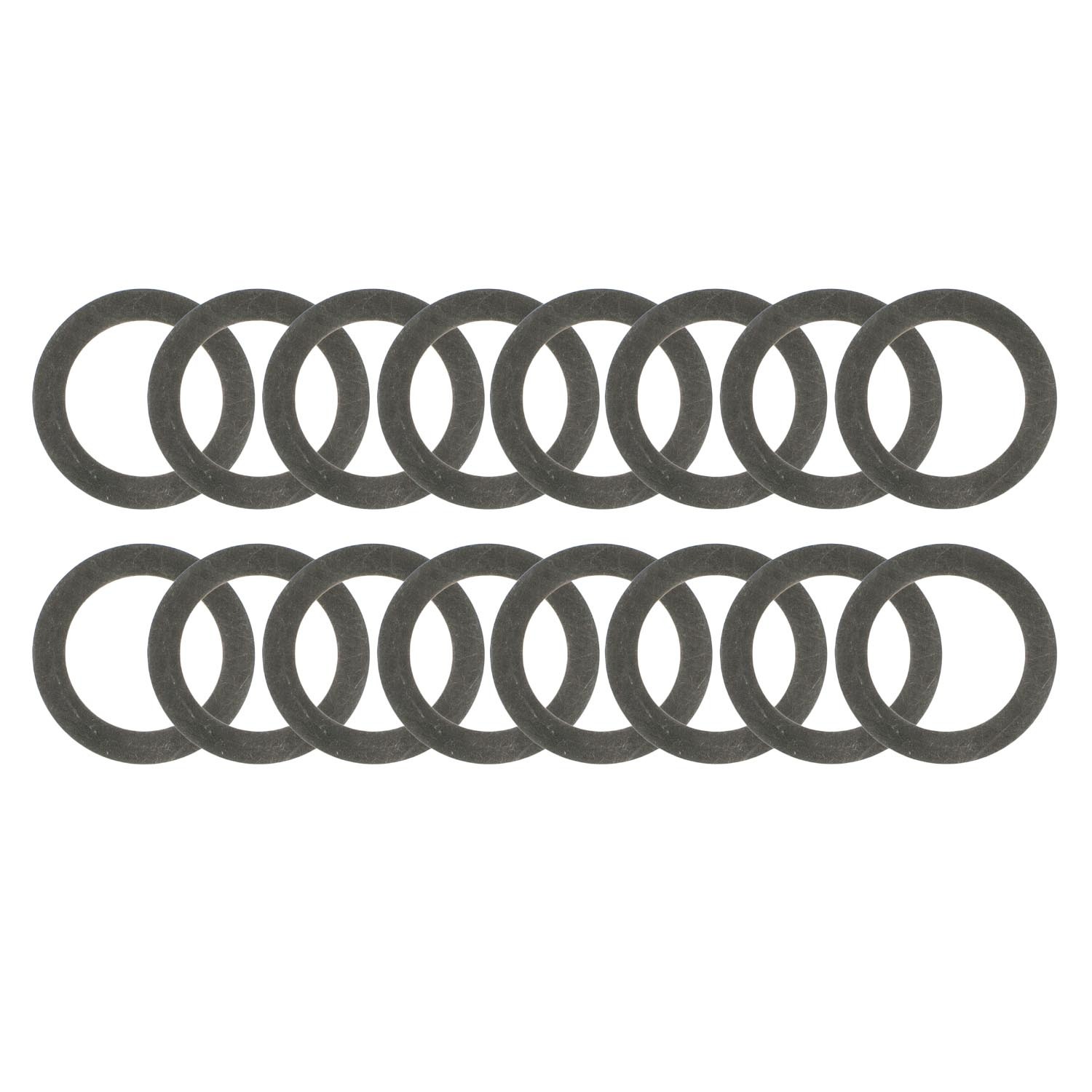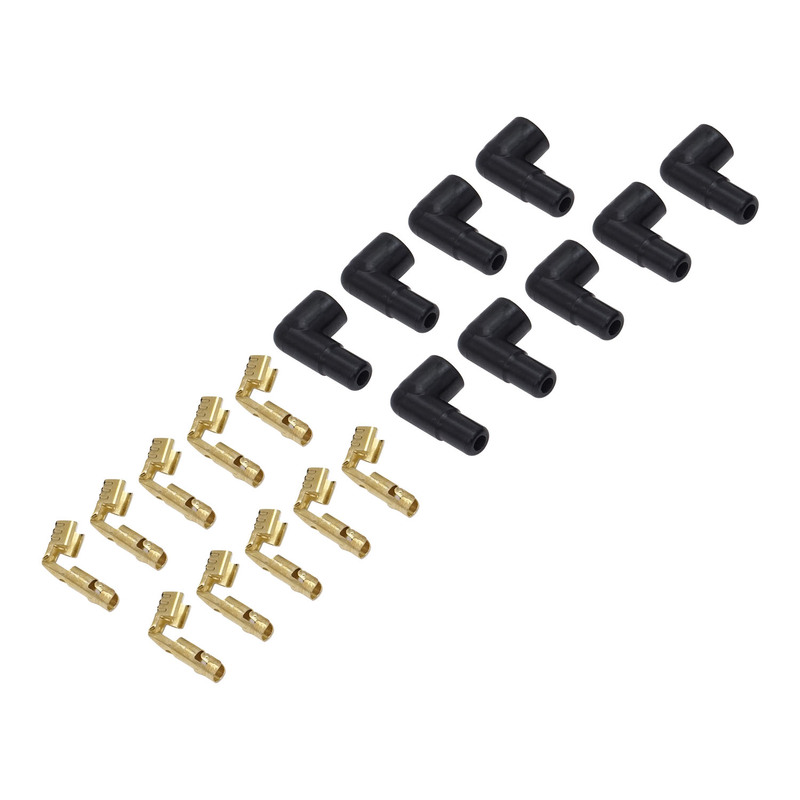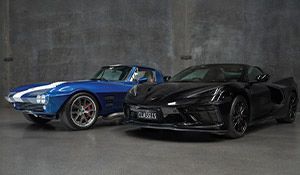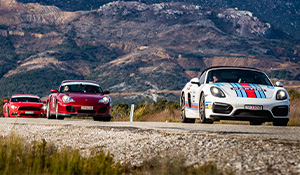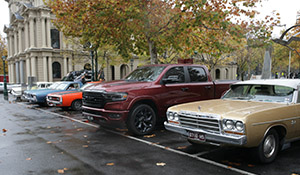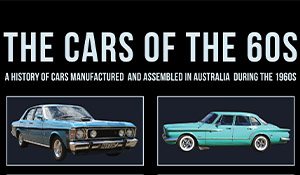Daihatsu Family Cars
Not surprisingly the engineers used their commercial vehicle experience and built a separate chassis for their new car. Power came from a brand new 800cc in-line four-cylinder OHV engine that developed 41 bhp which it delivered to the rear wheels through a four-speed all-synchromesh gearbox. The suspension was coils and wishbones up front, live axle and leaf springs at the rear with four tiny brake drums at each wheel. The car was small, having a wheelbase of 2220 mm overall length of 3800 mm and weighed just 755 kgs—not light by small car standards of the 60s because of that chassis.
Sensibly Daihatsu went to Italy and to Alfredo Vignale for the design of the car's body. It is notoriously difficult to create a design that looks balanced and Vignale succeeded admirably with the little car. As homage to the Italians, Daihatsu called their new baby the Compagno Berlina.
Sales of the car began in Australia in 1964 but without the fanfare that would accompany a new release today. It was all very sedate and low key. Wheels magazine road tested a Berlina and came away less than enthusiastic—they were very critical of its brakes, poor cruising ability and cramped interior. The car's fit and finish, however, was exemplary.
By late 1965 and into 1966 Daihatsu revised the Berlina, raising the engine's capacity to 958cc—the car's badge read 1000—and power to 58 bhp; with revised gear ratios it was quicker in acceleration and a far better cruising car, now having a top speed of 80 mph.
What really caught the enthusiast's eye was the Compagno Berlina Spider, a convertible version of the 1000 Berlina. It looked stunning, particularly in red, and possessed the rortiest exhaust note for a 1-litre engine you've ever heard. It had a floor gearshift and front disc brakes as well; the little engine happily revved to 6500 rpm and produced 65 bhp pushing the car to over 90 mph.
Since then Daihatsu has marketed the tiny Fellow 360 and others of that ilk—tiny sedans made of papier mache that might be fine in crowded Tokyo but are useless here—and finally made a niche for itself with the three-cylinder Charade and Charade GTi. Three generations of the Charade followed plus the unappreciated Applause 1600 that looked like a sedan but was in fact a hatchback.
Some years ago Daihatsu made the decision to abandon the Australian market totally, cars and commercials which was a little sad.





